Home>Interior Design>Dreo Macro Pro Air Purifier Review
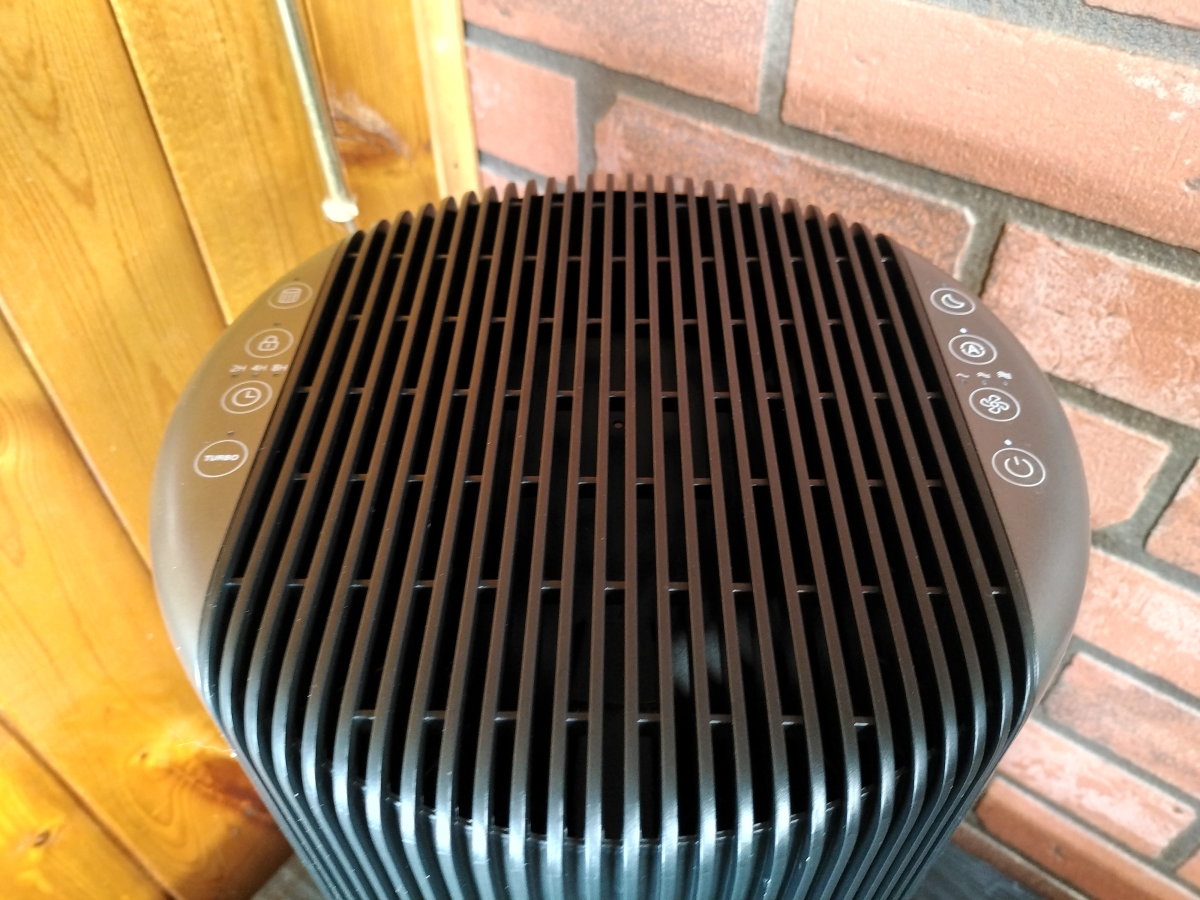

Interior Design
Dreo Macro Pro Air Purifier Review
Modified: March 5, 2024
Read our in-depth review of the Dreo Macro Pro Air Purifier, a must-have for anyone concerned about their interior design. Discover how this purifier enhances your home's air quality and style.
(Many of the links in this article redirect to a specific reviewed product. Your purchase of these products through affiliate links helps to generate commission for Storables.com, at no extra cost. Learn more)
Introduction
When it comes to creating a beautiful and functional living space, interior design plays a crucial role. The way we arrange furniture, choose colors, and select decorative elements can significantly impact the overall atmosphere and functionality of a room. Whether you’re revamping a small apartment or designing a luxurious mansion, understanding the principles of interior design is essential.
In this article, we will delve into the world of interior design and explore various aspects of creating stunning and practical spaces. From the fundamentals of color theory to the intricate details of furniture arrangement, we will guide you through the art and science of interior design.
Interior design is not just about aesthetics. It is about transforming a space into a comfortable and functional environment that reflects the individuality of the inhabitants. It involves understanding the needs and preferences of the clients and using that knowledge to craft spaces that are visually appealing and meet their practical requirements.
Whether you prefer a minimalist, contemporary look or a more rustic and cozy ambiance, interior design is all about creating harmony and balance. It is about finding the right combination of furniture, accessories, lighting, and colors to achieve a cohesive and inviting space.
One of the fundamental principles of interior design is understanding the power of color. Different colors evoke different emotions, and they can drastically impact the atmosphere of a room. For example, using warm tones like reds and yellows can create a cozy and inviting space, while cooler shades like blues and greens can evoke a sense of tranquility and calmness.
Another essential aspect of interior design is furniture placement. Understanding the flow and functionality of a room is crucial for determining the optimal arrangement of furniture. By considering factors such as traffic flow, focal points, and desired activities within the space, interior designers can create layouts that maximize both aesthetics and practicality.
Lighting is yet another critical element in interior design. It can influence the mood of a room, highlight architectural features, and enhance the overall aesthetic appeal. A well-designed lighting scheme incorporates a mix of ambient, task, and accent lighting, creating a layered and visually dynamic space.
In addition to these fundamental aspects, interior design also involves choosing the right materials, textures, and patterns to create visual interest and tactile appeal. From selecting the perfect fabrics for upholstery to choosing the optimal flooring materials, every decision in interior design contributes to the overall look and feel of a space.
As you delve further into the world of interior design, you will discover various styles and approaches that can be applied to different types of spaces. From traditional and classic designs to modern and eclectic styles, the options are endless. The key is to embrace your personal taste while also considering the practical needs of the space.
So whether you are planning to transform your living room, revamp your kitchen, or create a tranquil bedroom retreat, interior design offers a world of possibilities. With the right knowledge and a creative mindset, you can transform any space into an inviting and visually striking environment.
Key Takeaways:
- Interior design is a multifaceted discipline that combines creativity, functionality, and attention to detail to transform spaces into beautiful and practical environments, reflecting individual preferences and enhancing the quality of life for occupants.
- While interior design offers numerous benefits such as enhanced aesthetics, improved functionality, and increased comfort, it’s crucial to consider potential challenges such as budget constraints, decision overload, and the need for ongoing maintenance. Effective planning, communication, and collaboration with experienced designers can help navigate these challenges and achieve successful outcomes.
Read more: Ionic Pro Air Purifier How To Clean
Design and Build
The design and build of a space are crucial aspects of interior design. It involves creating a cohesive and visually appealing environment that aligns with the client’s preferences and needs.
When it comes to designing a space, the first step is to understand the functional requirements of the area. This includes considering the purpose of the room, the number of people it needs to accommodate, and any specific activities that will take place within it. For example, a living room design may need to incorporate seating for entertaining guests, while a home office design should prioritize functionality and productivity.
Once the functional requirements are determined, the designer can start conceptualizing the aesthetic aspect of the space. This involves choosing the overall style, color scheme, and materials that will be used. From modern and sleek designs to more traditional and rustic aesthetics, there are endless possibilities to explore.
In terms of materials, the designer needs to consider both the visual appeal and the practicality of the chosen materials. For example, while hardwood floors may bring warmth and elegance to a space, they may not be ideal for high-traffic areas or homes with pets. In such cases, laminate or vinyl flooring may be a more suitable option.
The layout and flow of the space are also important considerations in the design process. The arrangement of furniture, the positioning of windows and doors, and the circulation paths should all be carefully planned to ensure a functional and visually pleasing layout. This involves considering factors such as natural light, views, and creating focal points within the space.
The build phase of interior design involves bringing the design concept to life. This includes sourcing and procuring the necessary materials, coordinating with contractors and suppliers, and overseeing the construction process. Attention to detail is paramount during this phase to ensure that the design vision is executed accurately.
Throughout the design and build process, effective communication between the client and the designer is crucial. This enables the designer to understand the client’s vision and preferences while providing expert guidance and recommendations. Collaboration and flexibility are key to achieving the desired result.
In addition to the aesthetic aspects of design and build, it is also important to consider sustainability and environmental impact. Using eco-friendly materials, incorporating energy-efficient systems, and considering long-term durability can contribute to creating a sustainable and responsible design.
The design and build phase is where the vision of the space starts to come to life. It is a time for creativity, problem-solving, and attention to detail. With the right expertise and a clear understanding of the client’s needs, interior designers can transform an empty room into a personalized and functional space that reflects the unique style and personality of the inhabitants.
Features
When it comes to interior design, the features and elements within a space play a significant role in creating a visually appealing and functional environment. From furniture and lighting to accessories and decorative elements, each feature contributes to the overall aesthetic and ambiance of a room.
One of the key features in interior design is furniture. The selection of furniture is not only based on its functionality but also its design, style, and overall aesthetic appeal. From sofas and chairs to tables and storage units, furniture choices can define the style and atmosphere of a room. Whether you prefer modern, minimalist pieces or classic, traditional designs, the furniture selection should align with the overall vision of the space.
Lighting is another essential feature in interior design. It serves both functional and aesthetic purposes. From natural light that enters through windows and skylights to artificial lighting fixtures such as chandeliers, pendant lights, and wall sconces, the right lighting can enhance the mood and ambiance of a room. It is important to consider different types of lighting, such as ambient, task, and accent lighting, to create layers of light that can be adjusted based on the activities and desired atmosphere within the space.
The choice of colors and patterns is another crucial feature in interior design. Colors can evoke different emotions and set the tone for a room. Whether you prefer a neutral color palette for a calming and timeless look or vibrant colors for a bold and energetic feel, the color scheme should be carefully considered to create the desired impact. Patterns, such as stripes, florals, or geometric designs, can also add visual interest and texture to a room when used in textiles or accent pieces.
Texture is a feature that should not be overlooked in interior design. The use of different textures in fabrics, wall coverings, and flooring can add depth and tactile appeal to a space. Incorporating textures such as velvet, linen, or sisal can create a sense of luxury and warmth. It is important to balance different textures to avoid overwhelming the space and create a harmonious visual experience.
Accessories and decorative elements are the final touches that can bring a room together. These features include items such as throw pillows, rugs, artwork, plants, and decorative objects. They add personality and a finishing touch to the space, reflecting the preferences and style of the inhabitants. Careful selection and placement of accessories can enhance the overall aesthetic and create a cohesive and inviting environment.
When considering the features in interior design, it is essential to find a balance between functionality and aesthetics. Each feature should serve a purpose and contribute to the overall vision of the space. By carefully selecting and combining the right furniture, lighting, colors, textures, and accessories, interior designers can create stunning and functional spaces that are tailored to the needs and style of the occupants.
Performance
When it comes to interior design, the performance of a space is an integral aspect that goes beyond aesthetics. A well-designed space should not only look beautiful but also function effectively and meet the practical needs of its occupants.
One of the key factors in evaluating the performance of a space is its functionality. How well does the layout and arrangement of furniture accommodate the activities that will take place within the room? For example, a kitchen should have efficient workflow patterns with easy access to appliances and countertops, while a bedroom should provide a comfortable and restful atmosphere.
Lighting plays a crucial role in the performance of a space as well. Adequate and well-designed lighting can enhance visibility, create the right mood, and facilitate specific tasks. It is important to consider the different types of lighting such as ambient, task, and accent lighting to ensure proper illumination for different activities and areas within the space.
The performance of a space can also be evaluated based on its organization and storage capabilities. Effective storage solutions, such as closets, cabinets, and shelving, can help keep the space clutter-free and organized. The use of smart storage solutions and custom-built furniture can maximize the available space and improve functionality.
The comfort level of a space is another important aspect of performance. This includes factors such as seating comfort, temperature control, and acoustics. Choosing comfortable and ergonomic furniture, incorporating proper insulation and ventilation systems, and considering soundproofing measures can contribute to the overall comfort of a room.
Energy efficiency is becoming increasingly important in interior design as well. By using energy-efficient appliances, incorporating smart home technologies, and implementing sustainable materials and practices, the performance of a space can be enhanced while minimizing environmental impact and reducing utility costs.
The durability and maintenance requirements of the materials used in the design also influence the performance of a space. Using high-quality materials that are easy to clean and maintain can ensure the longevity of the design and minimize the need for repairs and replacements.
Lastly, the performance of a space can be evaluated based on the overall satisfaction and well-being of its occupants. A well-designed space should promote a sense of well-being and positive emotions. It should reflect the personality and preferences of the occupants while addressing their specific needs and lifestyle.
In summary, the performance of a space in interior design encompasses functionality, lighting, organization, comfort, energy efficiency, durability, and overall satisfaction. By considering these factors and prioritizing the practical needs of the occupants, interior designers can create spaces that not only look beautiful but also perform effectively and enhance the quality of life for those who inhabit them.
Noise Level
The noise level within a space is an important consideration in interior design, as it can significantly impact the comfort and functionality of the room. Excessive noise can be distracting, disrupt communication, and even have negative health effects. Designing with acoustics in mind can help create a more peaceful and comfortable environment.
There are several factors that contribute to the noise level within a space. These include the type of construction materials used, the layout and design of the space, and the presence of noise-producing elements such as appliances or ventilation systems. Understanding and addressing these factors can help minimize noise and create a more peaceful atmosphere.
One effective way to reduce noise is by using sound-absorbing materials. Soft materials such as carpets, curtains, and upholstered furniture can help absorb sound waves rather than allowing them to bounce off hard surfaces. Acoustic panels and wall coverings can also be utilized to improve sound absorption and reduce noise reflections within a space.
The layout and arrangement of furniture can also play a role in noise reduction. Placing furniture strategically can help create barriers and absorb sound. For example, placing bookcases or cabinets against walls can help dissipate sound waves and reduce echo.
An often overlooked aspect of noise reduction is proper insulation. Ensuring that walls, floors, and ceilings are well-insulated can help block out external noise, such as street traffic or neighboring sounds. Additionally, using double-glazed windows can minimize sound transmission from outside.
Furthermore, the selection of mechanical systems and appliances can contribute to noise reduction. Opting for quiet appliances and ensuring proper insulation around mechanical systems can help minimize noise disturbances within the space. It is also important to consider the placement of noisy equipment away from areas where noise-sensitive activities take place.
Evaluating and addressing the noise level within a space is essential in creating a comfortable and tranquil environment. By utilizing sound-absorbing materials, strategic furniture placement, proper insulation, and noise-minimizing appliances, interior designers can help reduce noise and create a more peaceful atmosphere for occupants.
In summary, noise level is a crucial aspect of interior design that can significantly impact the comfort and functionality of a space. By implementing sound-absorbing materials, optimizing furniture arrangement, ensuring proper insulation, and selecting noise-minimizing appliances, interior designers can help create an environment that promotes tranquility and minimizes noise disturbances.
Read more: What Is An Air Purifier
Filter Efficiency
Filter efficiency is a critical consideration when it comes to interior design, particularly in spaces where air quality is a concern. Installing high-quality filters in HVAC systems, air purifiers, and ventilation systems can significantly improve indoor air quality by trapping pollutants and contaminants.
Filters work by capturing and trapping particles, including dust, pollen, pet dander, mold spores, and other airborne allergens. They play a crucial role in removing these pollutants from the air, which can greatly benefit the health and well-being of occupants, especially those with respiratory conditions or allergies.
The efficiency of a filter is typically measured by its MERV (Minimum Efficiency Reporting Value) rating. The higher the MERV rating, the more efficient the filter is in capturing smaller particles. Common MERV ratings range from 1 to 16, with higher ratings indicating greater efficiency.
In residential and commercial applications, filters with MERV ratings between 8 and 13 are commonly used. These filters are effective in removing a wide range of airborne particles, including dust, pollen, and mold spores. However, it’s important to note that higher MERV filters may restrict airflow in HVAC systems, so it’s essential to consult with professionals to find the appropriate filter for your specific needs.
It’s worth mentioning that filter efficiency is not solely determined by the MERV rating. Other factors, such as filter material and design, also influence the overall filtration effectiveness. Some filters are specifically designed to target certain pollutants, like activated carbon filters for odors and volatile organic compounds (VOCs).
Regular maintenance and filter replacement are crucial for maintaining filter efficiency. Over time, filters can become clogged with captured particles, reducing their efficiency. It’s recommended to follow manufacturer guidelines for filter replacement intervals and to visually inspect filters periodically to ensure they are still effective.
In addition to HVAC systems, standalone air purifiers with high-efficiency filters are becoming increasingly popular in interior design. These devices provide additional filtration to specific areas and can be particularly beneficial in spaces where occupants have allergies or sensitivities to airborne particles.
Considering filter efficiency in interior design is vital for creating spaces with improved air quality. Whether it’s selecting the right filter for HVAC systems or incorporating standalone air purifiers with high-efficiency filters, designers can make a significant impact on the health and well-being of occupants by prioritizing clean and filtered air.
In summary, filter efficiency is an important consideration in interior design, especially for ensuring good indoor air quality. By selecting filters with appropriate MERV ratings and considering other factors such as filter material and design, designers can help create spaces with improved filtration capabilities, promoting a healthier and more comfortable environment for occupants.
Control Panel and Settings
The control panel and settings of a device or system are crucial components in interior design, particularly when it comes to smart home technology and automation. The control panel serves as the central hub for managing and adjusting various functions and features within a space, enhancing convenience, comfort, and energy efficiency.
In modern interior design, smart home technology has become increasingly popular, allowing homeowners to control and monitor various aspects of their living spaces with ease. A well-designed control panel provides easy access to settings for lighting, temperature, security systems, entertainment systems, and more.
The control panel should be intuitively designed and user-friendly, allowing occupants to navigate and adjust the settings effortlessly. Considerations such as clear labeling, logical grouping of controls, and accessible placement are important for creating an efficient and user-friendly control panel.
Touchscreens are commonly used in control panels, offering a sleek and interactive interface. They allow users to access different functions and settings with just a tap or a swipe. The size and placement of the touchscreen should be carefully considered to ensure comfortable and convenient operation.
In addition to touchscreens, physical buttons, knobs, or switches can also be incorporated into control panels for quick and direct control of specific functions. These physical controls can provide tactile feedback and allow for easy adjustment without the need for navigating through digital menus.
The settings accessible through the control panel can vary depending on the installed systems and devices. For example, lighting settings may include options for different scenes, dimming levels, and color temperature. Temperature settings may include the ability to adjust heating and cooling systems, set timers, or create personalized schedules. Security system settings may include arming or disarming the system, adjusting motion sensor sensitivity, or managing access control.
Customization is an important aspect of control panels and settings. Allowing users to personalize and tailor the settings to their preferences enhances the overall user experience and satisfaction. Designers should consider providing options for customization, such as the ability to create personalized lighting scenes or set preferred temperature ranges.
Accessibility is a critical consideration when designing control panels and settings. Features such as voice control or compatibility with assistive technologies can ensure that individuals with disabilities can easily access and adjust settings within a space.
Integration with mobile apps and remote access is another valuable feature that can enhance the control panel’s functionality. Allowing users to control and monitor their spaces remotely using smartphones or other mobile devices adds convenience and flexibility to the overall user experience.
Considerations should also be made for energy efficiency when designing control panels and settings. Providing options for scheduling and automation, such as setting timers for lighting or temperature adjustments based on occupancy patterns, can help optimize energy usage and reduce utility costs.
In summary, the control panel and settings in interior design play a central role in managing and adjusting various functions within a space. From lighting and temperature to security and entertainment systems, a well-designed control panel enhances convenience, comfort, and energy efficiency. By considering factors such as intuitiveness, customization, accessibility, and integration with mobile apps, designers can create control panels that provide a seamless and user-friendly experience for occupants.
When writing a review for the Dreo Macro Pro Air Purifier, be sure to include details about its performance in different room sizes and its noise level to provide a comprehensive evaluation for potential buyers.
App Connectivity
App connectivity has become a valuable feature in modern interior design, allowing homeowners to control and monitor various aspects of their living spaces using smartphones or other mobile devices. With app connectivity, occupants can conveniently manage lighting, temperature, security systems, and more, even when they are away from home.
One of the key advantages of app connectivity is the ability to control different functions and settings remotely. Whether you want to adjust the lighting before arriving home, set the temperature to a comfortable level, or check the security cameras while you’re away, app connectivity provides a convenient and flexible solution. This feature enhances flexibility, convenience, and peace of mind for homeowners.
App connectivity also allows for customized and personalized settings. With intuitive mobile apps, users can create personalized scenes, schedules, or automation rules to suit their preferences and lifestyle. For example, you can set up specific lighting scenes for different occasions, create temperature schedules based on occupancy patterns, or automate the opening and closing of shades at specific times of the day.
Another benefit of app connectivity is the ability to receive real-time notifications and alerts. Whether it’s a motion detected in a specific area, a door or window left open, or a change in temperature, the app can notify you immediately, allowing you to take necessary actions. This feature adds an extra layer of security and peace of mind for homeowners, especially when they are away from home.
Integration with voice assistants, such as Amazon Alexa or Google Assistant, is another valuable aspect of app connectivity. With voice commands, users can control various functions and settings within their homes, providing a convenient hands-free experience. Whether it’s turning on the lights, adjusting the thermostat, or playing music, voice control adds another level of convenience and accessibility.
App connectivity also offers the ability to monitor and track energy usage. With access to energy data through the app, homeowners can gain insights into their energy consumption patterns and take steps to optimize and reduce their usage. This feature promotes energy efficiency and helps homeowners make informed decisions about their energy consumption.
When designing with app connectivity in mind, it’s important to ensure a seamless and user-friendly experience. The app should have an intuitive interface, providing easy navigation and clear access to different functions and settings. It should also be compatible with a wide range of devices and platforms to accommodate users’ preferences.
Security and privacy are essential considerations when implementing app connectivity in interior design. Robust encryption and authentication protocols should be in place to protect sensitive data and ensure the privacy and security of users’ information. It’s important to work with reputable providers and follow best practices to safeguard against potential vulnerabilities.
In summary, app connectivity in interior design offers homeowners the ability to control and monitor their living spaces using smartphones or mobile devices. With remote access, customized settings, real-time notifications, voice control, and energy monitoring, app connectivity enhances convenience, flexibility, security, and energy efficiency. By considering user experience, compatibility, security, and privacy, designers can integrate app connectivity seamlessly into interior design, providing a modern and connected living experience for occupants.
Maintenance and Filter Replacement
Maintenance and filter replacement are important aspects of interior design, particularly when it comes to systems that improve air quality, such as HVAC filters and air purifiers. Regular maintenance and timely filter replacements ensure the optimal performance and longevity of these systems, ultimately contributing to a healthier and more comfortable indoor environment.
Regular maintenance involves conducting routine inspections, cleaning, and addressing any issues that may arise with the systems. This includes checking the functionality of the filters, inspecting the ventilation system for any blockages or leaks, and ensuring the proper operation of the equipment.
Filter replacement is a critical component of maintenance, as filters play a vital role in trapping airborne particles and maintaining good indoor air quality. Over time, filters become clogged and less effective, potentially allowing pollutants and allergens to circulate in the air. It’s important to follow the manufacturer’s guidelines for filter replacement intervals and consider factors such as the system’s usage, air quality, and the type of filter being used.
When it comes to HVAC systems, filters are typically located in the air handling unit or in dedicated filter housing. Depending on the system and the type of filter, replacing filters can involve simply removing the old filter and inserting a new one or, in some cases, cleaning and reusing washable filters. Following the manufacturer’s instructions for filter replacement ensures proper installation and efficient operation of the HVAC system.
For standalone air purifiers, filter replacement can vary depending on the specific model and usage. Some air purifiers have filter indicator lights that signal when it’s time to replace the filter based on usage or the accumulation of particles. It’s important to consult the product manual or manufacturer’s instructions for guidance on the proper replacement procedure and recommended filter types.
Regular maintenance and filter replacement not only ensure the optimal functioning of these systems but also contribute to energy efficiency. Clogged filters can restrict airflow, causing the equipment to work harder and consume more energy. By keeping filters clean and replacing them as needed, energy consumption can be minimized while maintaining good air quality.
In addition to filter replacement, general maintenance practices for other aspects of interior design are also valuable. This may include regular cleaning and dusting of furniture, flooring, and surfaces, as well as addressing any necessary repairs or adjustments to maintain the functionality and aesthetics of the space.
Overall, maintenance and filter replacement are essential components of interior design, particularly when it comes to systems that contribute to air quality. By implementing regular maintenance routines and adhering to filter replacement schedules, designers and homeowners can ensure optimal system performance, energy efficiency, and a healthy indoor environment.
Pricing
When considering interior design, one important aspect to take into account is pricing. The cost of designing and furnishing a space can vary greatly depending on various factors, including the scope of the project, the desired level of customization, the quality of materials, and the expertise of the designer. Understanding pricing and budgeting appropriately is crucial to ensure a successful and satisfying interior design experience.
Interior design services typically come in different forms, ranging from full-service design firms that provide end-to-end solutions to independent designers who offer specific services tailored to the client’s needs. The pricing structure for these services can vary, with some designers charging an hourly fee while others may work on a fixed project fee or a percentage of the project’s overall cost.
In addition to professional fees, the cost of materials and furnishings is an important consideration in interior design. The quality, type, and brand of materials and furniture can significantly impact the overall pricing. Custom-made or bespoke pieces generally come at a higher price point than ready-made or mass-produced items. It’s important to balance quality, functionality, and aesthetics within the allocated budget.
Another aspect to consider when budgeting for an interior design project is the potential for unexpected expenses. For example, renovations or structural modifications may be necessary to achieve the desired design outcome, adding to the overall cost. It is essential to have a contingency budget to account for unforeseen expenses and changes during the design and implementation process.
Creating a realistic budget for an interior design project involves considering the desired outcome, the available resources, and the level of investment one is willing to make. Establishing clear priorities and goals will help determine where to allocate the budget for maximum impact within the space.
It’s important to note that interior design can be approached in a phased manner, enabling clients to spread out the costs over time. By prioritizing key areas or specific rooms, clients can focus on one aspect of the project at a time, which can help manage budget constraints and make the overall process more manageable.
When it comes to purchasing materials and furnishings, it’s beneficial to research and compare prices from different suppliers and retailers. Online platforms and local showrooms offer a wide range of products at various price points. Additionally, exploring sales, promotions, or clearance events can provide cost-saving opportunities without compromising on quality or style.
Working with an experienced interior designer can also be advantageous in managing pricing and ensuring cost-effective design solutions. Designers have access to industry resources, knowledge of product availability, and expertise in maximizing budgets. They can help navigate pricing options and guide clients toward the most suitable choices for their desired aesthetic and functional requirements.
In summary, pricing is an integral consideration in interior design. Establishing a realistic budget, understanding the costs of professional services, materials, and furnishings, and making informed choices can help ensure that the interior design project is both successful and financially manageable. By carefully managing expenses, clients can achieve a well-designed space that reflects their style and meets their needs within the allocated budget.
Pros
- Aesthetically Pleasing: One of the key advantages of interior design is the ability to create visually stunning spaces. Through the use of color palettes, furniture arrangements, and decorative elements, designers can transform ordinary rooms into beautiful and inviting environments.
- Improved Functionality: Interior design considers the practical aspects of a space and aims to make it more functional. By carefully planning the layout, selecting appropriate furniture, and incorporating storage solutions, designers can optimize the use of space and enhance the overall functionality of a room.
- Enhanced Comfort: Interior design plays a crucial role in creating comfortable living spaces. From selecting cozy furniture and fabrics to optimizing lighting levels and temperature control, designers prioritize the comfort and well-being of occupants, ensuring a relaxing and enjoyable experience.
- Personalization: Interior design allows individuals to express their personality and style through their living spaces. Designers work closely with clients to understand their preferences and create a space that reflects their unique tastes, creating a personalized and meaningful environment.
- Better Space Organization: Interior design helps improve organization within a space. Through storage solutions, clever furniture arrangement, and effective space planning, designers can help reduce clutter and create organized and efficient living areas.
- Increased Property Value: A well-designed interior can significantly enhance the value of a property. Prospective buyers are often drawn to aesthetically pleasing and functional spaces, making interior design a sound investment that can potentially yield a higher return when selling a home or commercial property.
- Optimized Use of Natural Light: Interior design takes advantage of natural light sources, such as windows and skylights, to create bright and inviting spaces. Through the strategic placement of furniture and the use of reflective surfaces, designers can maximize the use of natural light, reducing the need for artificial lighting during the day.
- Improved Air Quality: With the growing focus on health and wellness, interior design can contribute to better indoor air quality. By selecting materials that are low in volatile organic compounds (VOCs), incorporating proper ventilation systems, and considering air purifiers, designers can help create a healthier living environment.
- Environmental Sustainability: Interior design can promote sustainable practices and reduce environmental impact. From selecting eco-friendly materials and furniture made from sustainable sources to implementing energy-efficient lighting and mechanical systems, designers can contribute to creating environmentally responsible spaces.
- Increased Productivity: In office or workspace design, interior design can have a positive impact on productivity levels. By incorporating ergonomic furniture, optimizing layout for efficient workflow, and creating comfortable and inspiring environments, designers can help improve focus and motivation, leading to increased productivity.
These are just a few of the many pros associated with interior design. Ultimately, a well-executed design can transform a space, making it visually appealing, functional, and enjoyable for occupants.
Cons
- Cost: One of the major cons of interior design is the potential for higher costs. Hiring a professional interior designer, purchasing quality materials and furniture, and undertaking renovations can be expensive. It’s important to establish a realistic budget and prioritize spending to ensure that costs are manageable.
- Time-Consuming: Planning and executing an interior design project takes time. From discussing design concepts and making decisions to coordinating with contractors and overseeing the implementation, the process can be time-consuming. It’s important to consider the timeline of the project and be prepared for potential delays.
- Decision Overload: With numerous options available for materials, colors, furniture, and accessories, some individuals may feel overwhelmed by the abundance of choices. Making decisions about what works best for a space can be challenging and time-consuming, especially if there are multiple stakeholders involved. Consulting with an experienced designer can help streamline the decision-making process.
- Disruption during Construction or Renovation: Depending on the scope of the project, interior design may involve construction or renovation work. This can lead to disruption, noise, and temporary inconvenience. Proper planning, clear communication with contractors, and managing expectations can help minimize the impact during this phase.
- Personal Styles and Preferences: Interior design involves collaboration between clients and designers, and there may be instances where personal styles and preferences clash. Finding common ground and ensuring effective communication is essential to create a design that satisfies both the client’s vision and the designer’s expertise.
- Maintenance and Upkeep: Once an interior design project is complete, there is an ongoing need for maintenance and upkeep. Regular cleaning, furniture maintenance, and occasional updates may be required to ensure that the space remains in optimal condition. It’s important to consider the long-term commitment to maintaining the design and associated costs.
- Trends and Transient Styles: Interior design trends come and go, and what may be considered fashionable today may become outdated in a few years. Some individuals may be hesitant to invest in design choices that could become dated, preferring instead to opt for more timeless and enduring styles.
- Limited Space: Designing in small or cramped spaces can present challenges. Maximizing functionality and optimizing storage solutions in tight areas can be difficult. However, with creativity and strategic planning, even limited spaces can be transformed into functional and stylish environments.
- Unforeseen Challenges: Despite careful planning, unforeseen challenges may arise during an interior design project. Structural limitations, budget constraints, and unexpected issues with contractors can cause delays or require adjustments to the design. Adaptability and a flexible mindset are important to overcome these challenges.
- Individual Preferences may Change: Over time, individual preferences and lifestyles may change. What was once a desirable design may no longer meet current needs or tastes. This can result in the need for updates or redesigns to keep the space aligned with new preferences.
While there are some potential cons associated with interior design, many can be mitigated through effective planning, communication, and working with experienced professionals. By understanding the challenges and considering them in the design process, individuals can achieve a successful and satisfying interior design outcome.
Conclusion
Interior design is a multifaceted discipline that goes beyond aesthetics. It combines creativity, functionality, and attention to detail to transform spaces into beautiful and practical environments. From the selection of colors and materials to the arrangement of furniture and the consideration of lighting and ventilation, every element in interior design plays a crucial role in creating spaces that reflect individual preferences and enhance the quality of life for occupants.
Throughout this article, we have explored the various aspects of interior design, covering topics such as design and build, features, performance, noise level, filter efficiency, control panel and settings, app connectivity, maintenance and filter replacement, pricing, as well as the pros and cons of interior design. These aspects highlight the importance of careful planning, thoughtful decision-making, and collaboration with design professionals to achieve successful outcomes.
Interior design offers numerous benefits, including enhanced aesthetics, improved functionality, increased comfort, personalization, and increased property value. It allows individuals to create spaces that reflect their style and preferences while optimizing the use of available space and resources. With the integration of technologies such as app connectivity and smart home automation, interior design is evolving to offer even greater convenience, energy efficiency, and customization.
However, it’s crucial to consider the potential challenges associated with interior design, such as budget constraints, decision overload, and the need for ongoing maintenance. By understanding and addressing these challenges through proper planning, effective communication, and collaboration with experienced designers, individuals can navigate the process more smoothly and achieve their desired outcomes.
In the end, interior design is a powerful tool that allows individuals to reshape and personalize their living spaces. By incorporating their unique style and preferences while considering functionality, comfort, and efficiency, interior design can greatly enhance the overall quality of life and create spaces that truly feel like home.
Whether you’re embarking on a small makeover project or a complete interior redesign, consulting with a professional interior designer can provide valuable guidance, expertise, and assistance throughout the journey. With their knowledge and experience, interior designers can help turn your vision into reality, ensuring that every aspect of the design is meticulously planned and executed.
In conclusion, interior design is a blend of art and science that has the power to transform spaces and improve the way we live. By carefully considering design principles, functionality, personal preferences, and budgetary factors, individuals can create spaces that are visually stunning, functional, and reflective of their unique style and personality.
Frequently Asked Questions about Dreo Macro Pro Air Purifier Review
Was this page helpful?
At Storables.com, we guarantee accurate and reliable information. Our content, validated by Expert Board Contributors, is crafted following stringent Editorial Policies. We're committed to providing you with well-researched, expert-backed insights for all your informational needs.
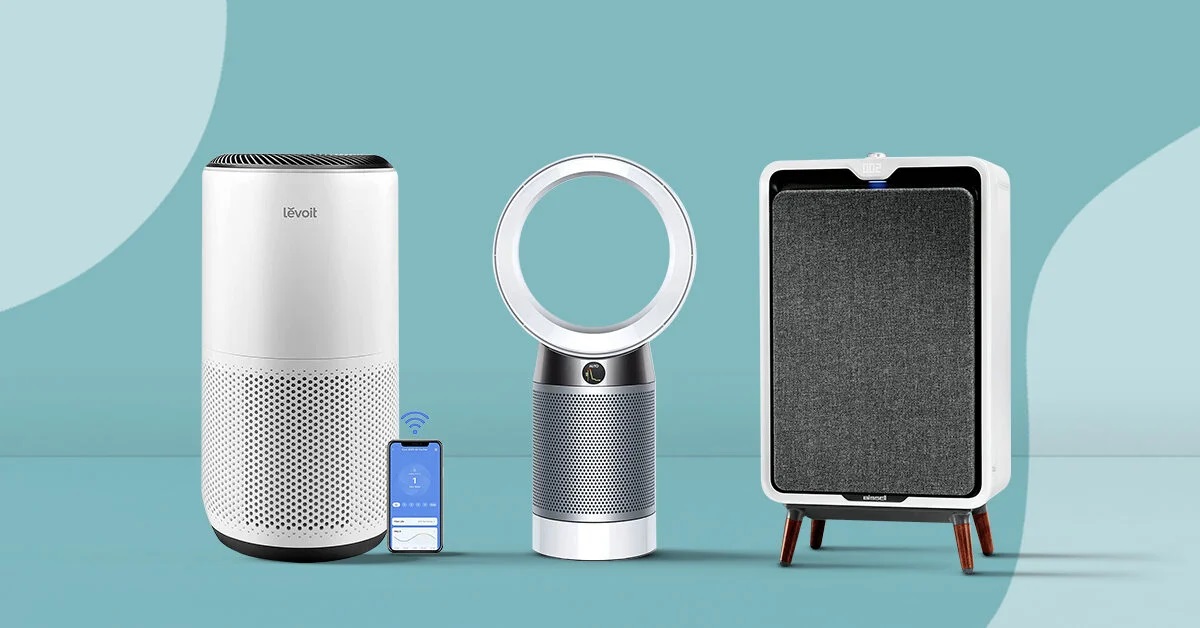
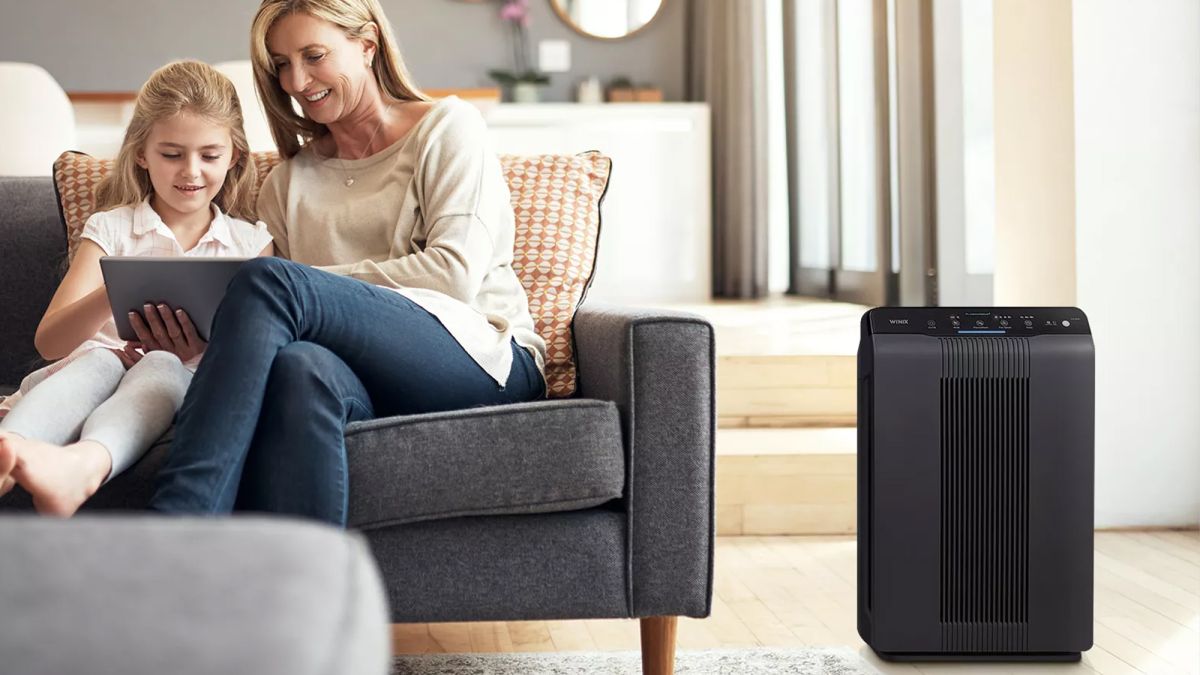
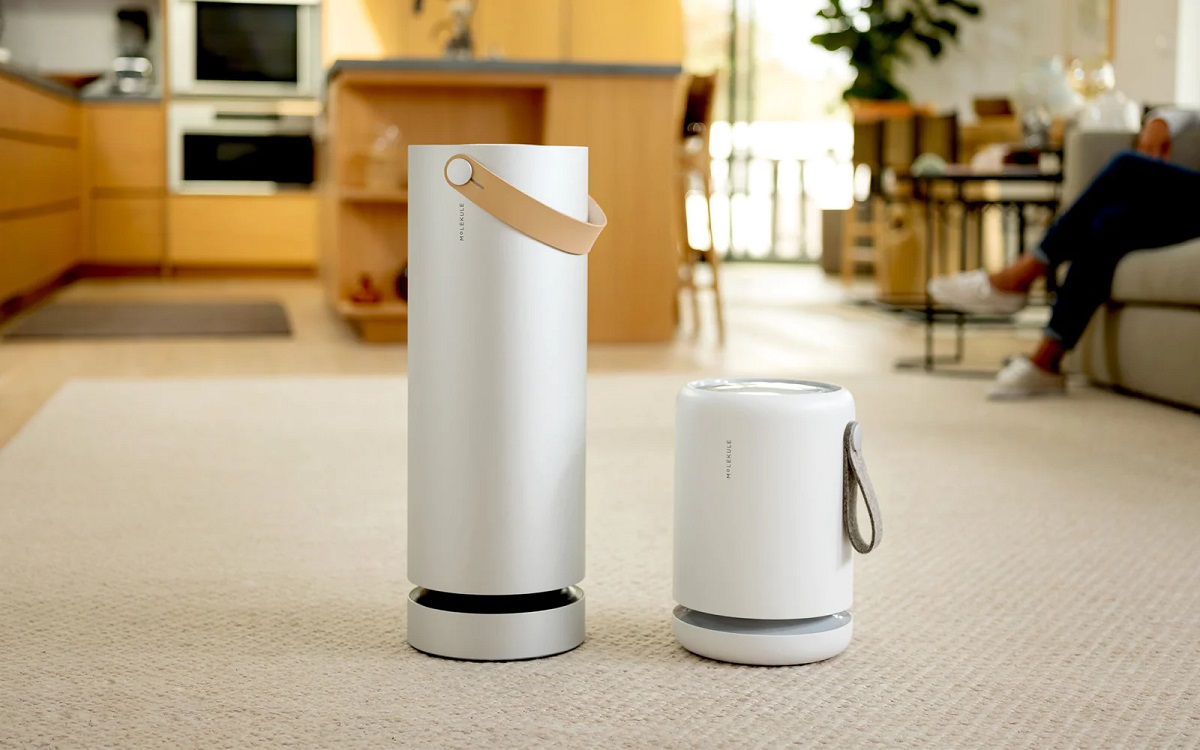
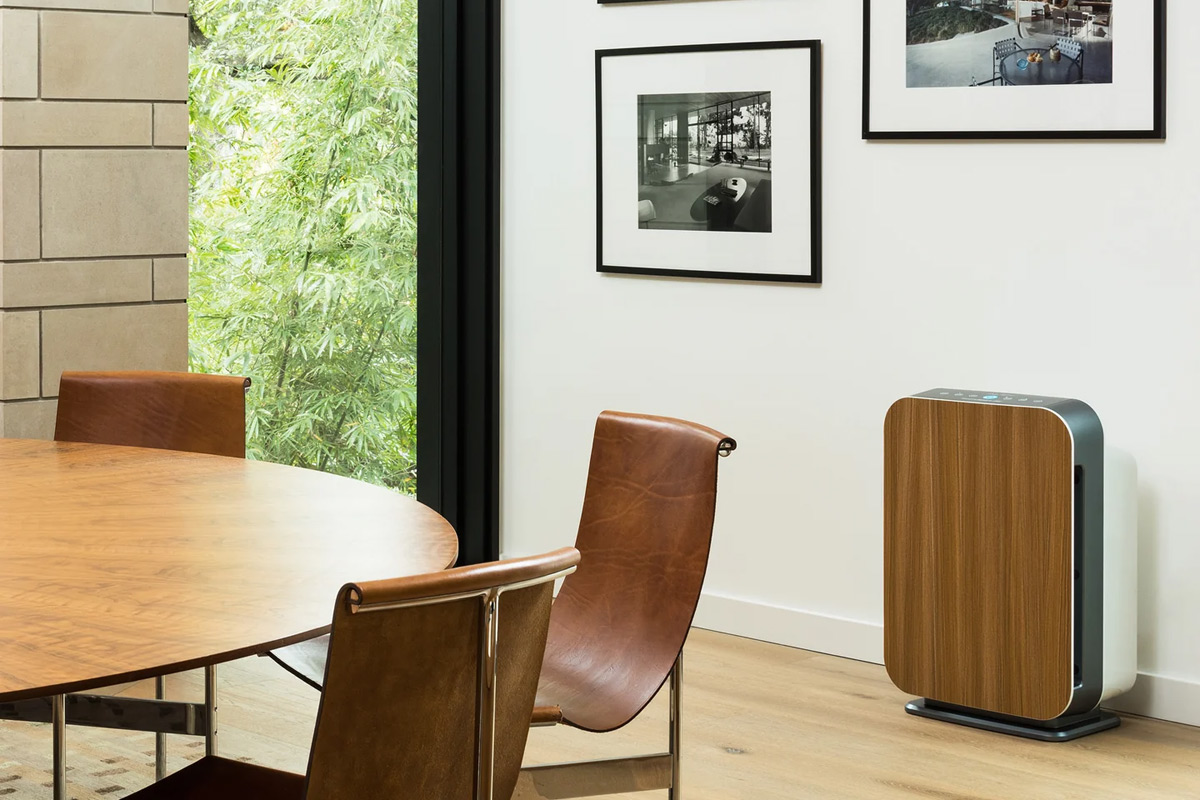
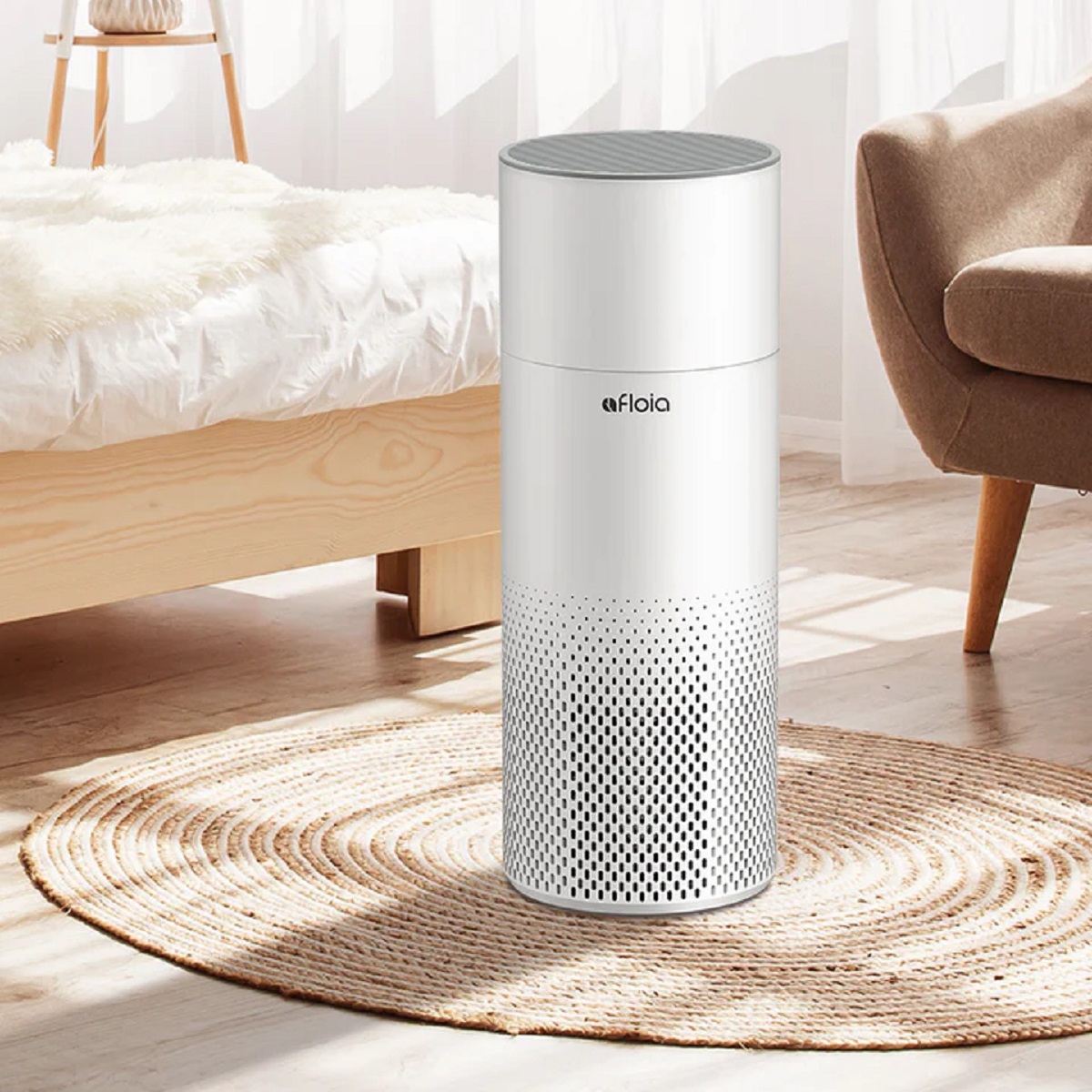
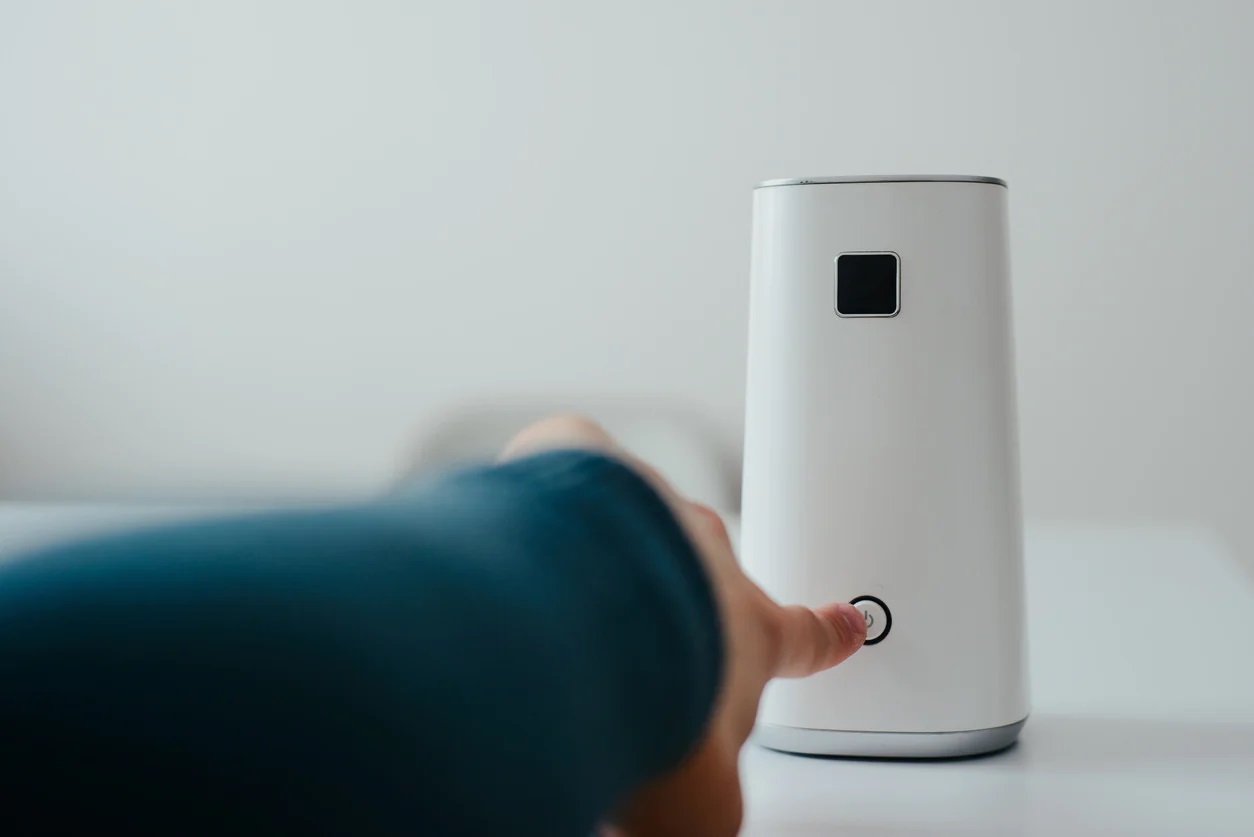
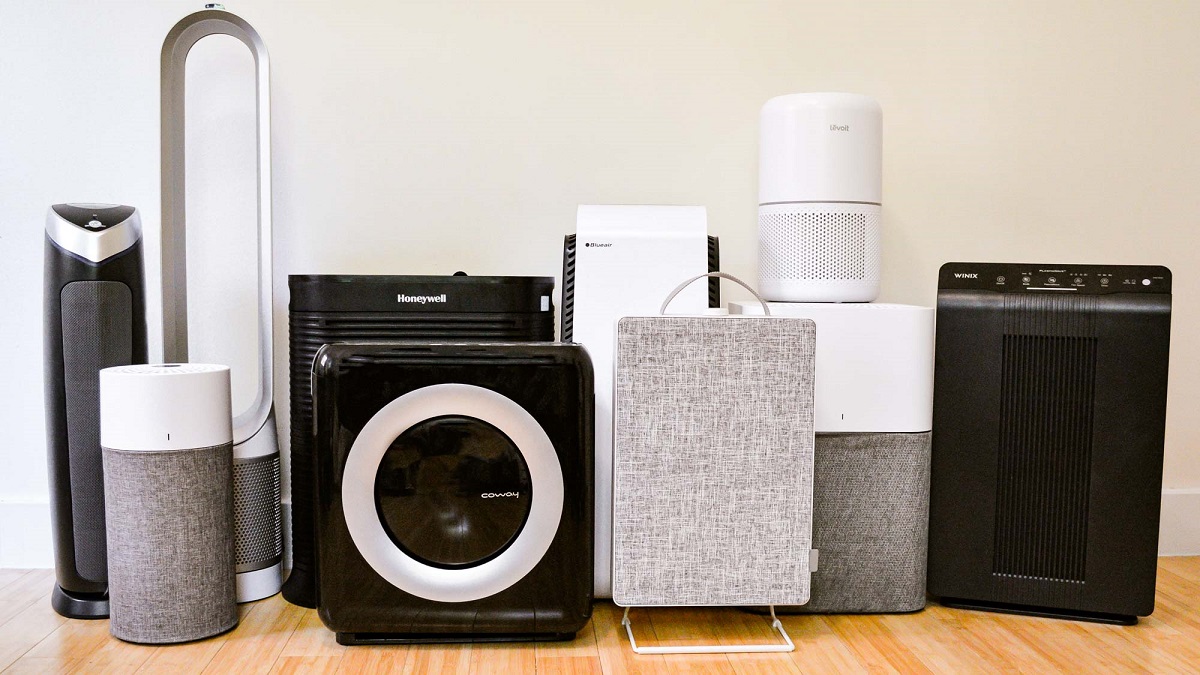
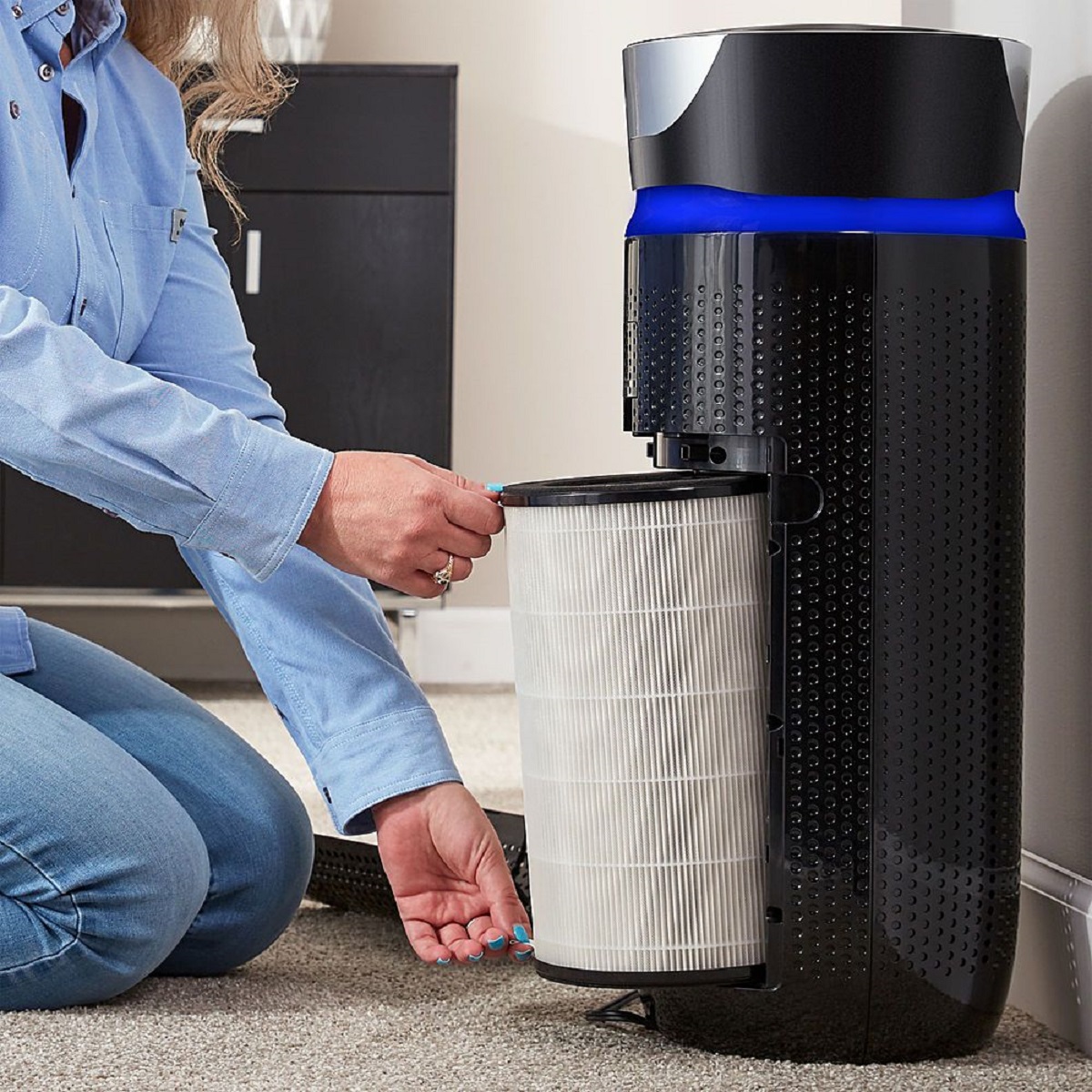
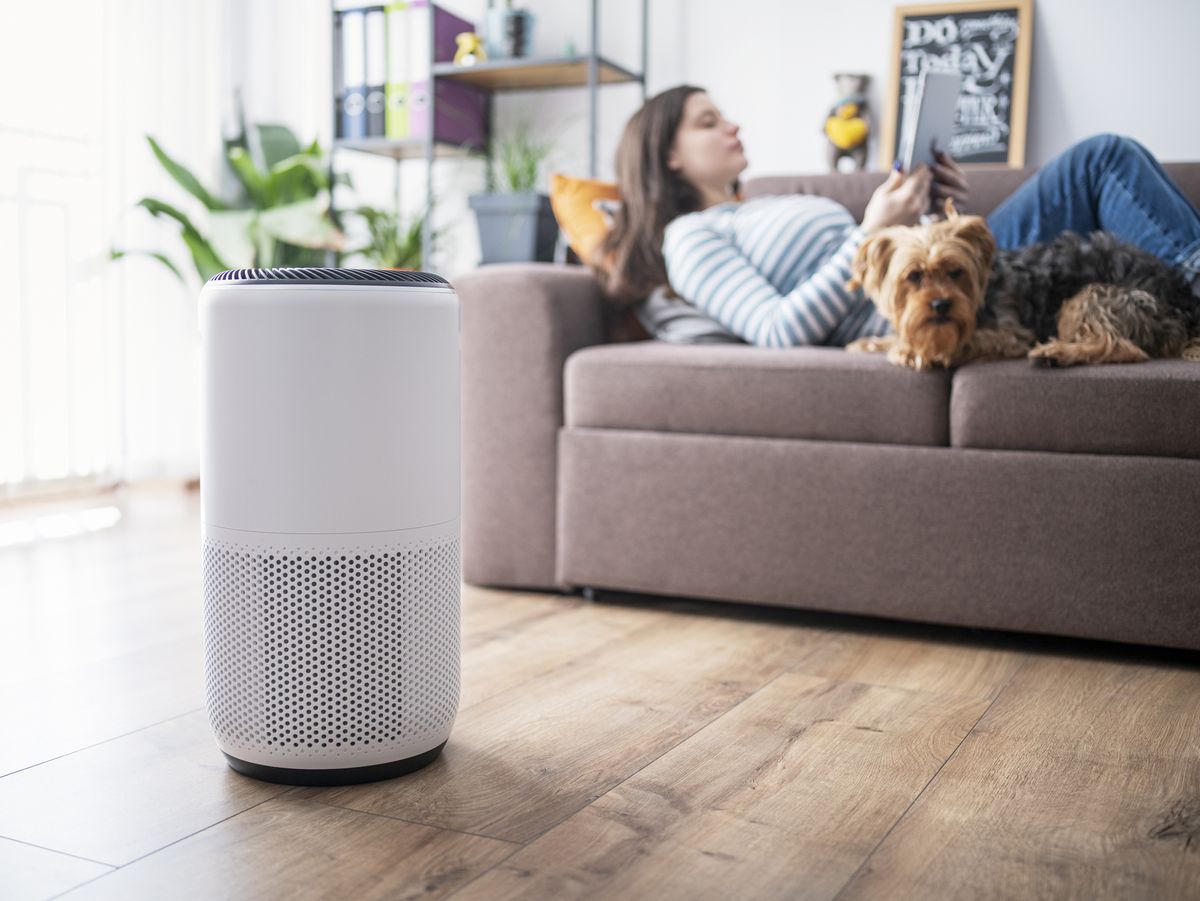
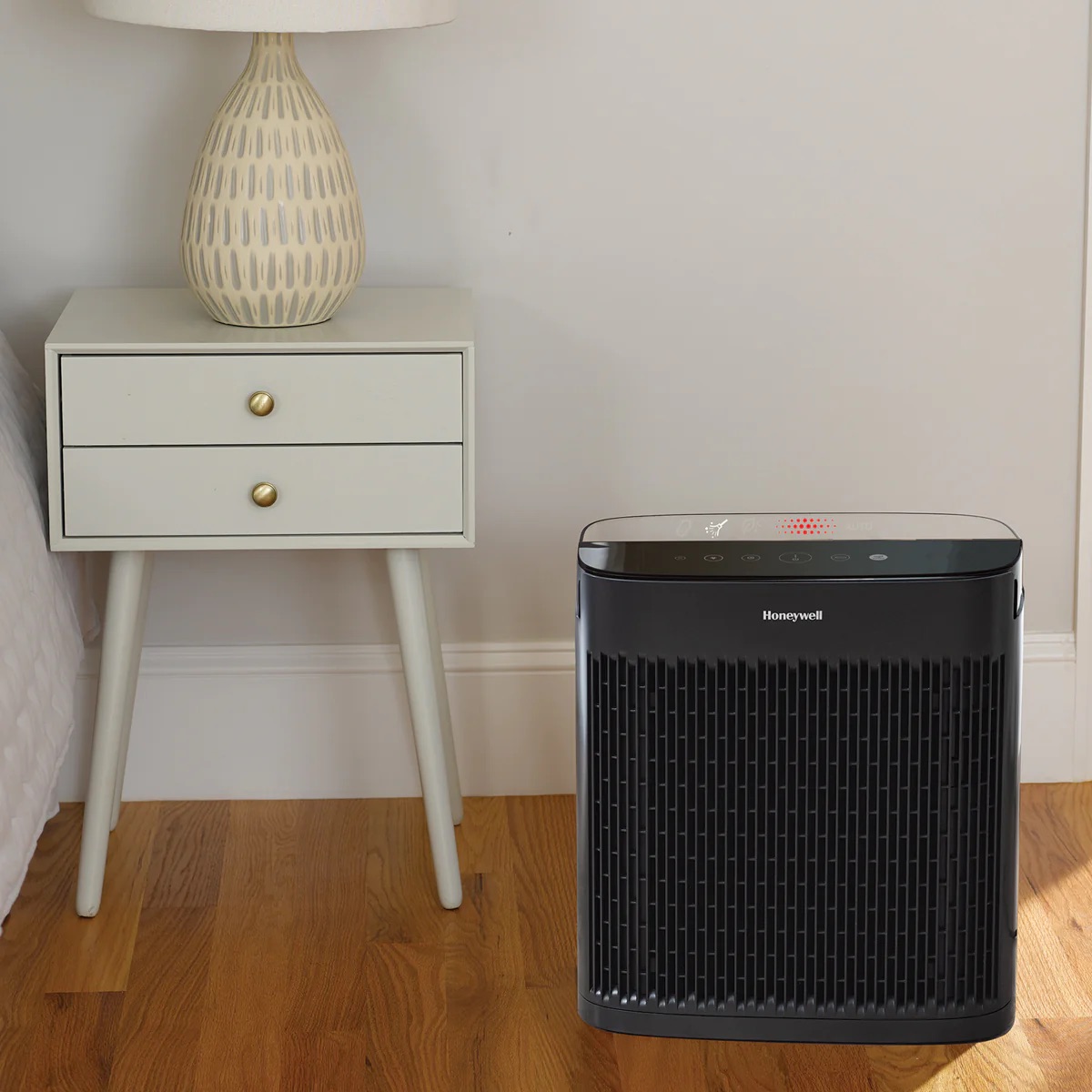
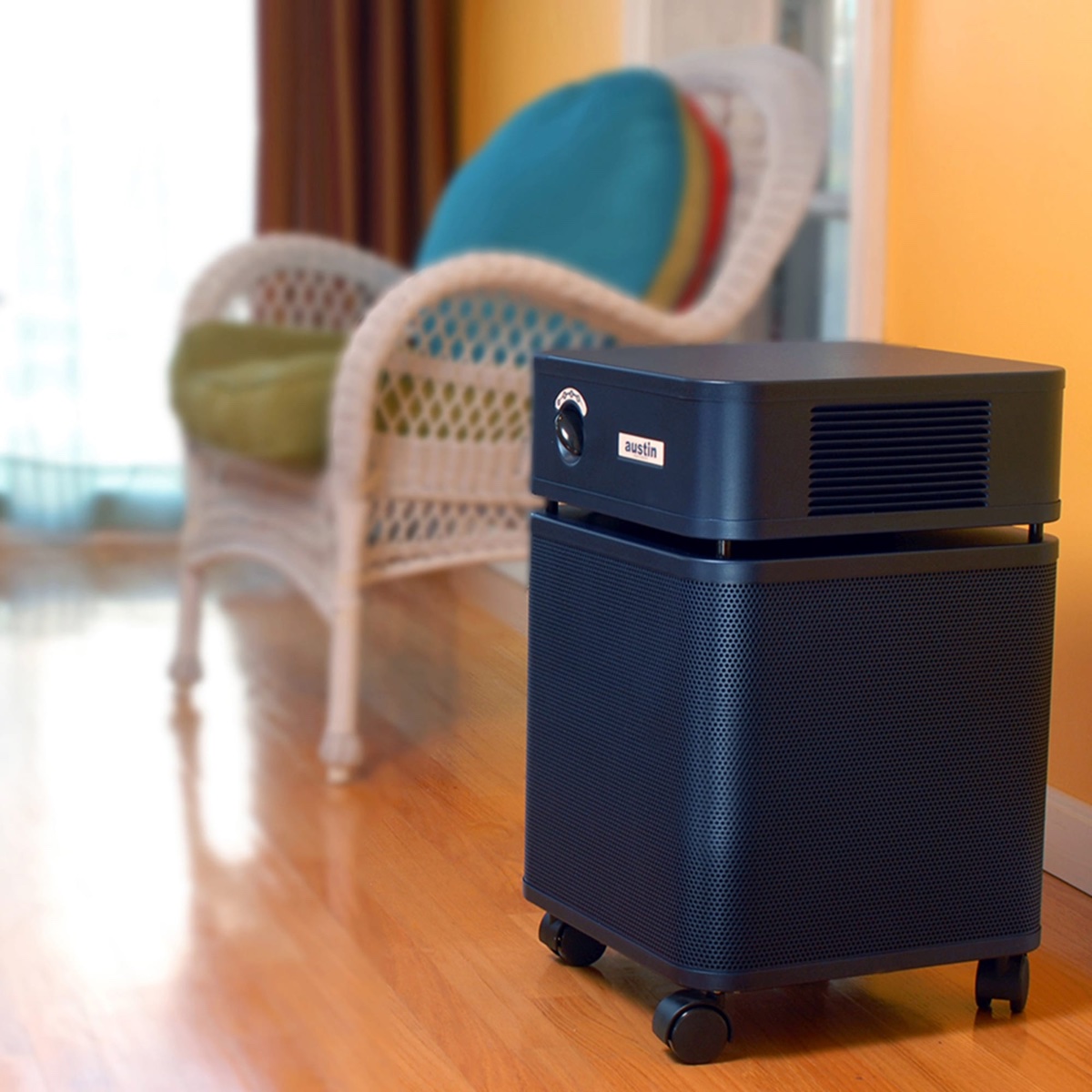
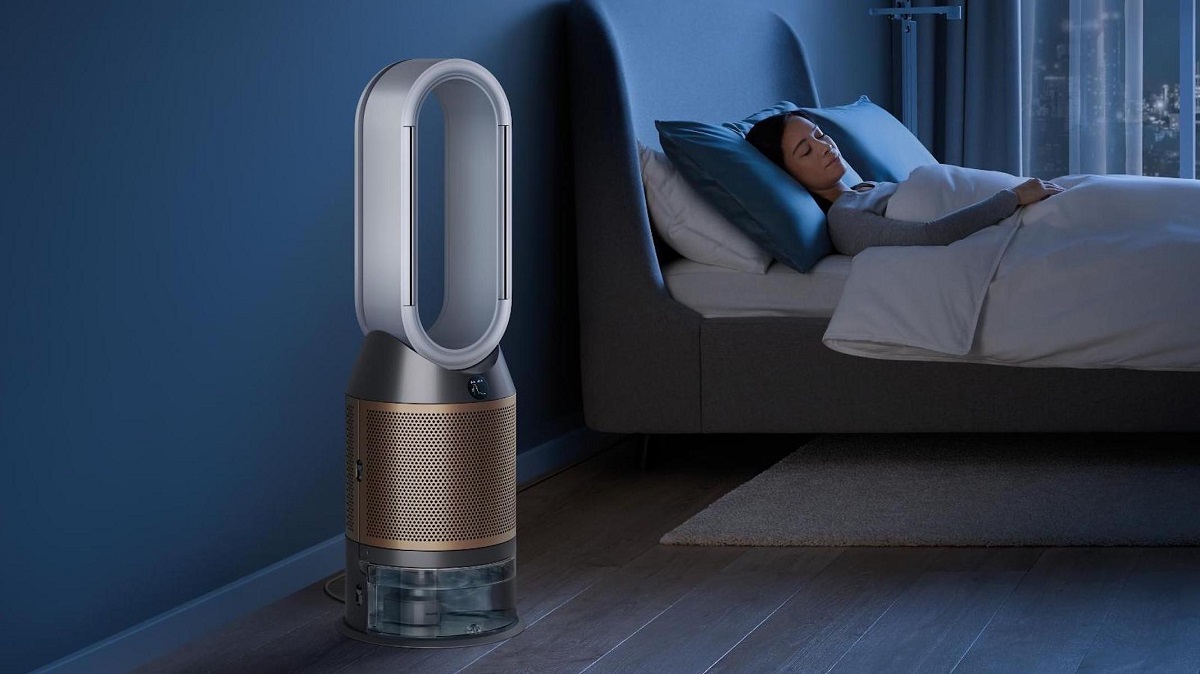
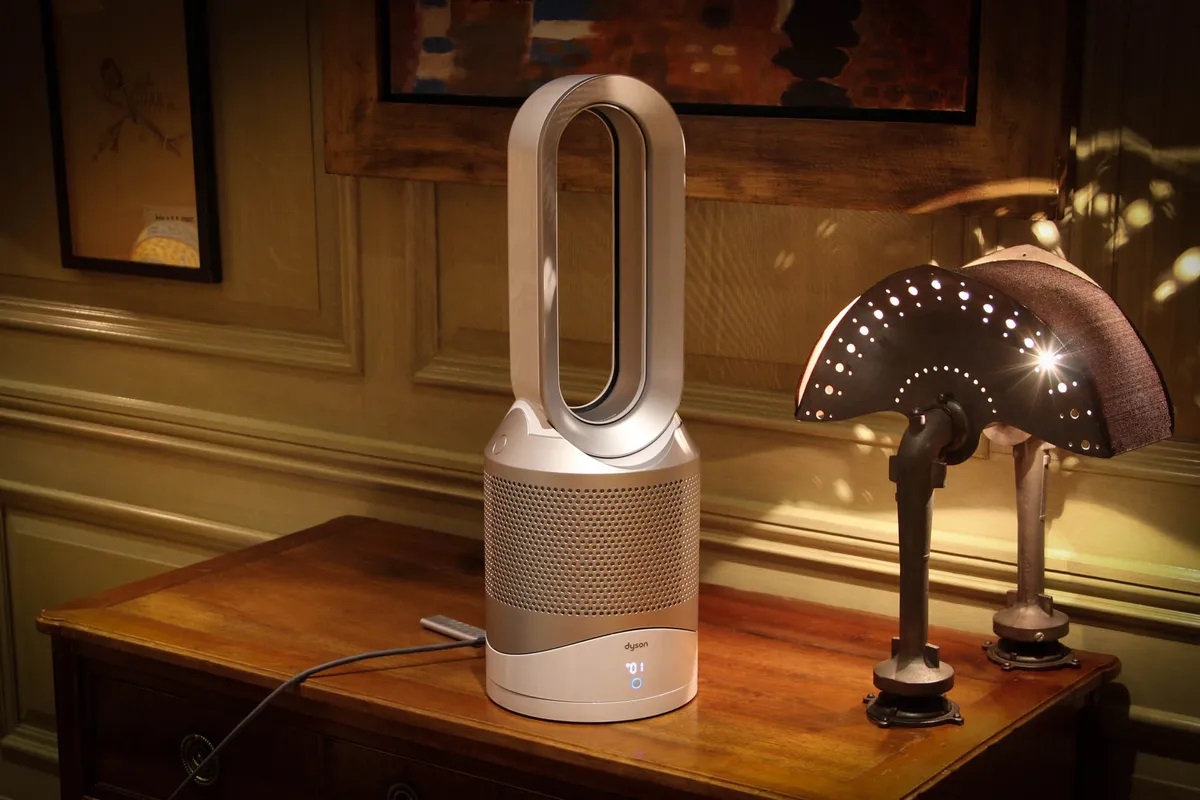

0 thoughts on “Dreo Macro Pro Air Purifier Review”